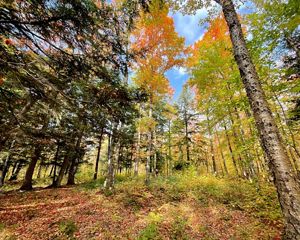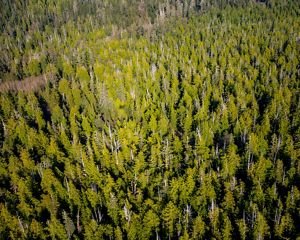Carbon Markets Resource Center
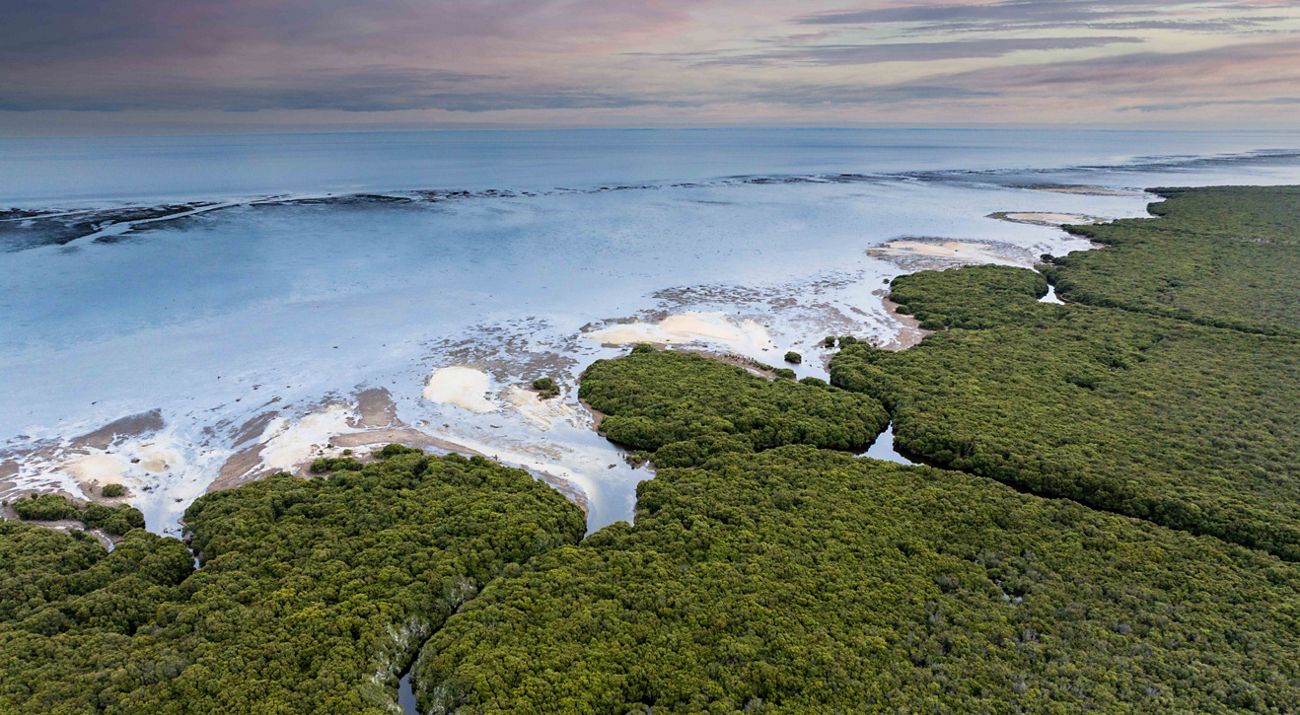
The reality is clear: we need to use every ready, proven and scalable tool now to address the global climate crisis. The rapidly evolving carbon credit market has the potential, in combination with other strategies, to meaningfully mitigate the impact of greenhouse gas emissions and provide valuable conservation co-benefits for people and nature.
Below you can find The Nature Conservancy's latest reports, explainers and other articles around the policy, science and implementation of carbon credit projects.
Carbon Insights
Deep-dive into the latest explorations on carbon markets' most debated issues from TNC's perspective.
-
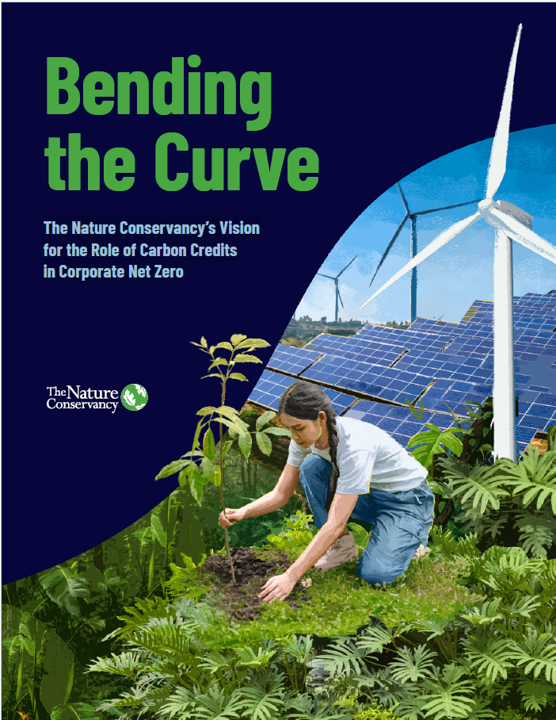
Bending the Curve
In this paper, The Nature Conservancy presents our vision for the role of carbon credits in corporates’ journey to Net Zero to open the conversation around the optimal role of credits in corporate climate action. Find out more.
-

The Climate Ambition Gap
Discover how a new vision of the voluntary carbon market can help the world reach critical climate targets. Read the article.
Bending the Curve
It's time to open the conversation around the optimal role of credits in corporate climate action.

Policy Resources
From the global stage to local legislation, carbon markets, both compliance and voluntary, need of sound regulation to grow and thrive. Here are resources to help understand and navigate the latest progress on Article 6 as well as guides for countries wanting to strenghthen their regulation to foster high-integrity carbon markets locally.
-
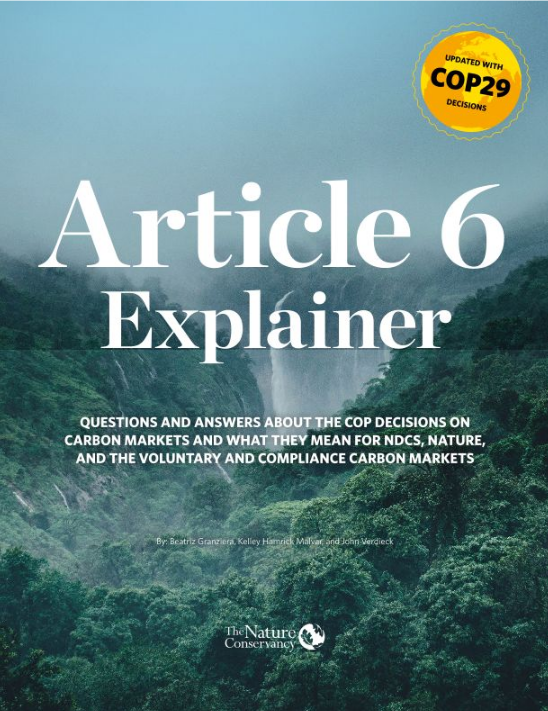
Article 6 Explainer: COP29 Update
This paper offers straightforward guidance on what has been decided so far on these and more topics. View the newest explainer.
-
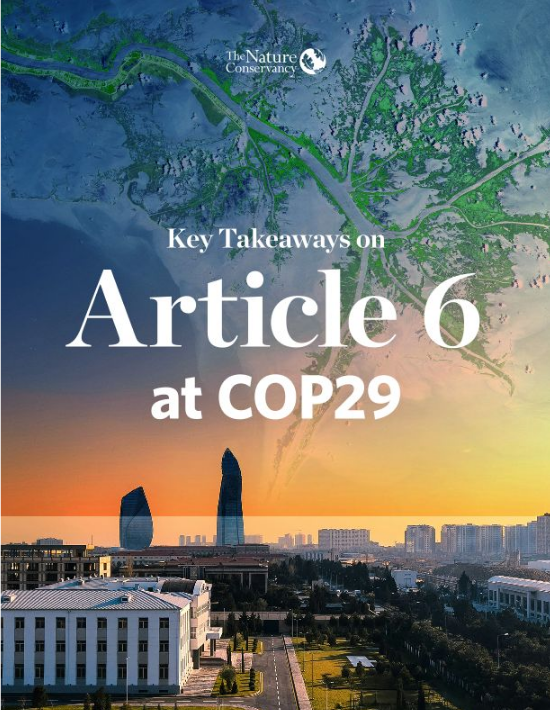
Article 6 Takeaways at COP29
COP29 marked a milestone for Article 6 as countries finalized the remaining building blocks of carbon markets. This report shares key takeaways and what comes next for COP30. Read the outcomes.
-
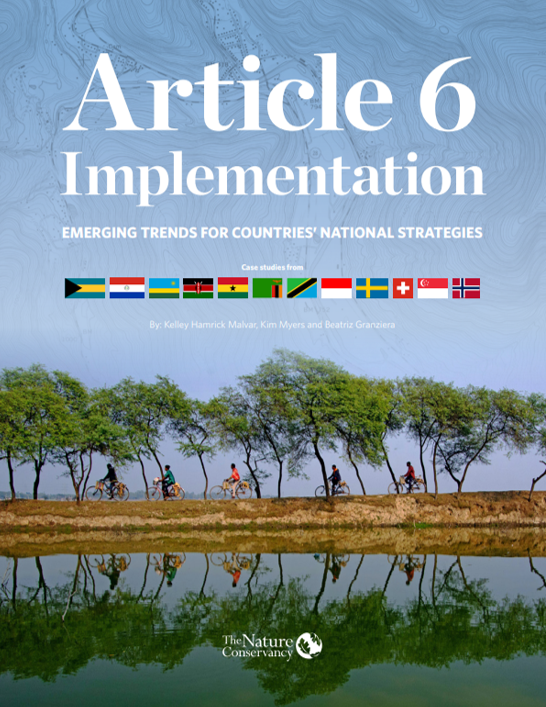
Article 6 Implementation
While the UNFCCC negotiations on Article 6 set up a framework for cooperation on carbon markets, many decisions around implementation are left to national governments. This explainer explores emerging trends for countries' national strategies. Download the explainer.
-
REDD+ Article 6
This explainer in collaboration with Conservation International breaks down the relationship between REDD+ and Article 6, what was decided in the Article 6 negotiations, and what’s on the table for COP29. Explore the explainer.
-
To Trade or Not to Trade
This paper focuses on options for operationalizing corresponding adjustments under Article 6. It takes stock of the existing guidance around accounting and draws insights from how countries are implementing this guidance. Read the full report.
Implementation Resources
Carbon markets hold an unprecedented potential when implemented with high integrity. Find below resources and guidance on how to rethink the way carbon markets are implemented along the whole journey. From stakeholder involvement, to project development and corporate claims.
-
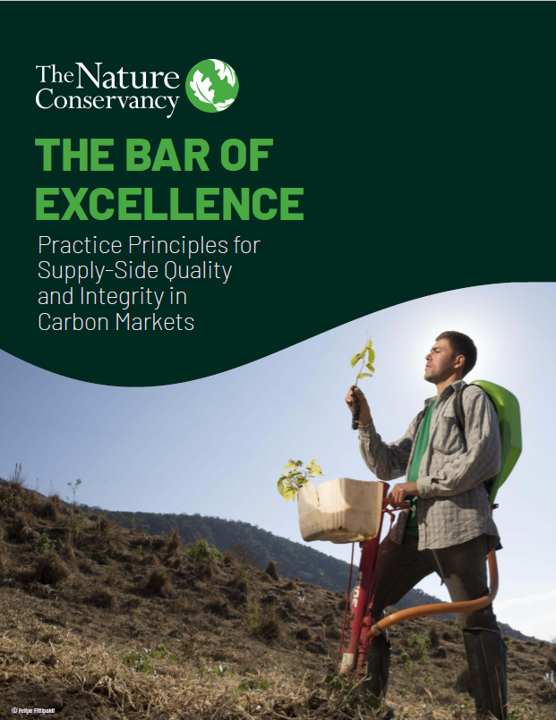
The Bar of Excellence
The Bar of Excellence aims to set the minimal threshold for The Nature Conservancy's carbon credit-related projects to ensure that they are consistent with our mission. Read the guide.
-
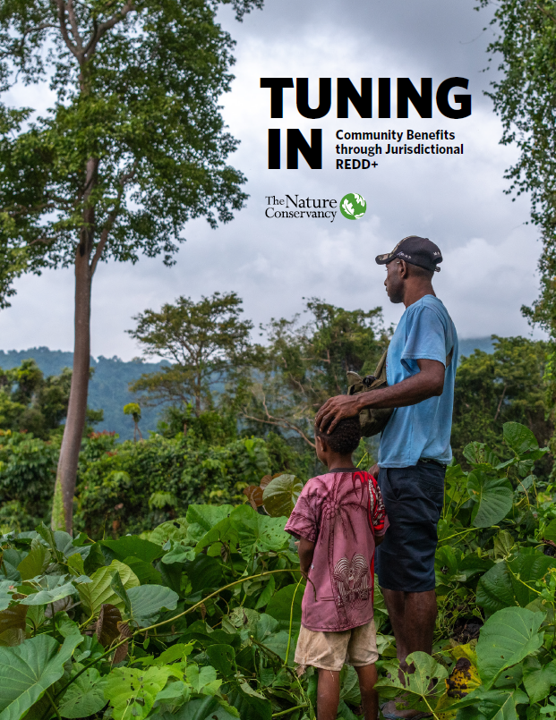
Tuning In: Community Benefits through Jurisdictional REDD+
This report highlights JREDD+ benefit-sharing plans (BSP) by analyzing case studies and common traits across operational benefit-sharing approaches. Read the full report.
-
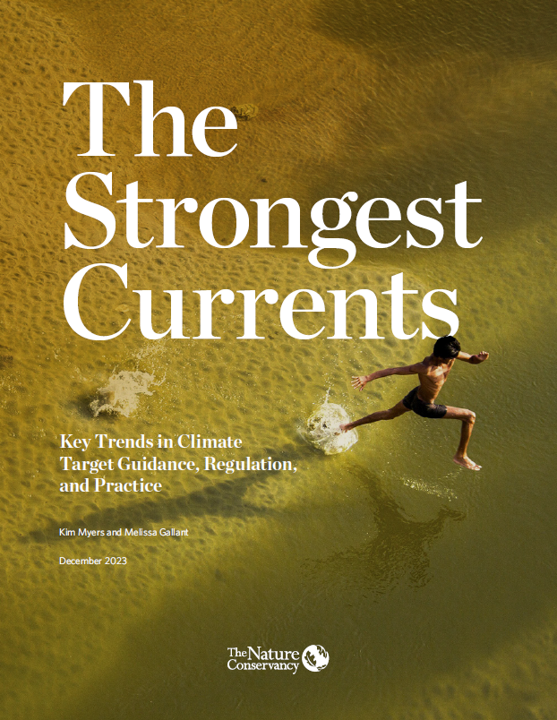
The Strongest Currents
In this paper, we explore the state of the climate-related claims landscape for companies, including a summary of current voluntary standards and guidance, corporate adherence to best practices, and government oversight. Read the report.
-
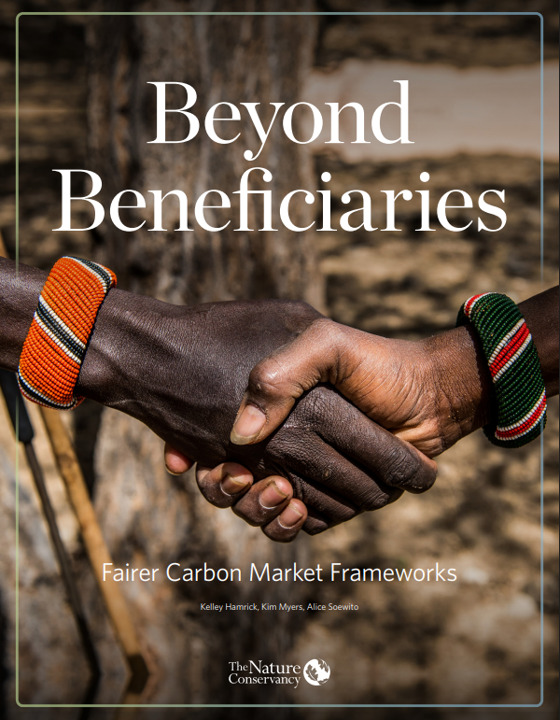
Beyond Beneficiaries
This report seeks to identify current frameworks in the benefit-sharing of today as well as the shortcomings in current benefit-sharing approaches. It also offers a snapshot of current guidance and solutions in achieving robust IP&LC partnerships. Learn about fairer carbon markets.
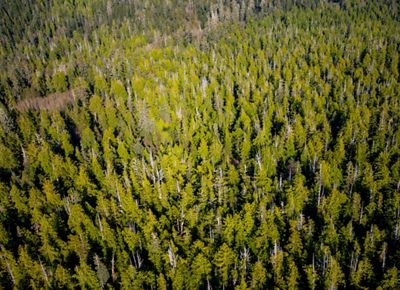
Living Carbon: Stories of Nature’s Climate Solutions
October 26, 2022
In this series, we showcase innovative carbon projects in Africa, the Pocono Mountains of northeastern Pennsylvania, Chile's Valdivian Forest, and the Emerald Edge of North America's Pacific Coast.
Science Decoder Series
The Nature-Based Credit Science Decoder Series is a set of explainers on current scientific best practices and gaps for carbon projects developed in seven common Natural Climate Solutions (NCS) pathways.
-

Remote Sensing
This guide discusses various concepts, platforms, tools, and data sources to help buyers of high-quality carbon credits evaluate the rigor of carbon market service providers, such as ratings agencies and third-party monitoring services. Download the report.
-
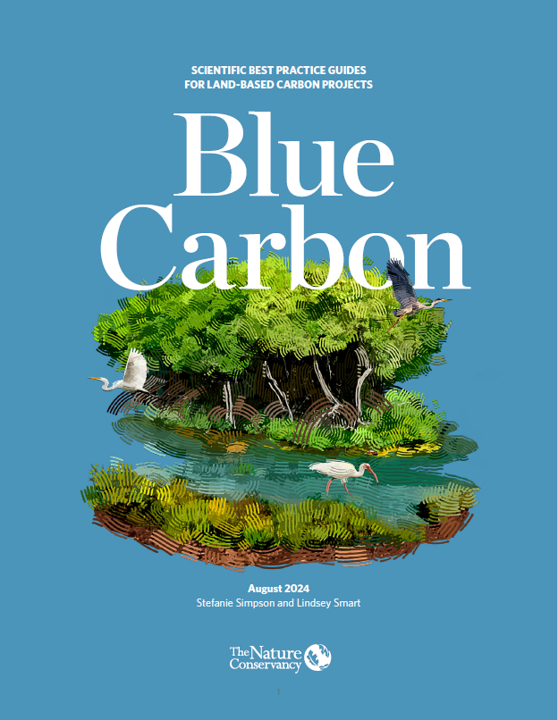
Blue Carbon
This guide provides an overview of how high-quality Blue Carbon projects apply the latest scientific advancements and tools to create projects with high integrity. Download the full report.
-
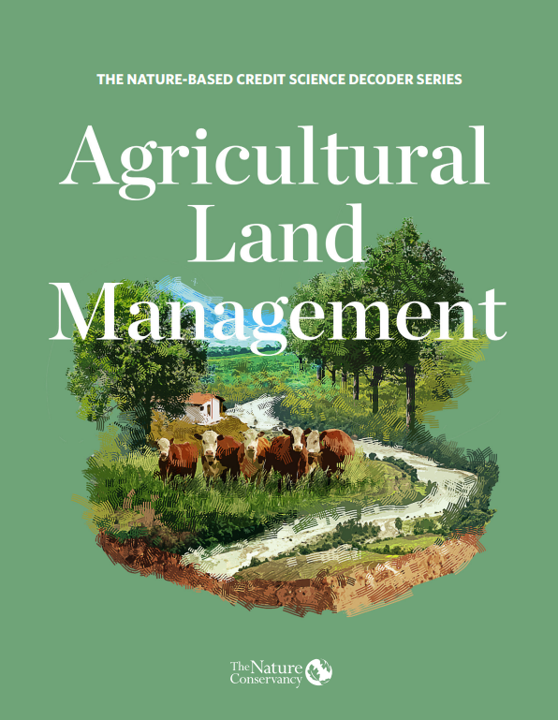
Agricultural Land Management
With this summary, buyers of high-quality carbon credits can better evaluate whether projects are effectively deploying rigorous scientific tools and approaches. They can also identify priority areas for research investment. Download the paper.
Blue Carbon Decoder
Available in multiple languages: Spanish, French, Hindi, Bahasa, Portuguese, Swahili, and Chinese.
Esta Guía ofrece una visión general de cómo los proyectos de carbono azul de alta calidad aplican los últimos avances científicos y herramientas.
Este guia fornece uma visão geral de como projetos de Carbono Azul de alta qualidade aplicam os mais recentes avanços e ferramentas científicas.
Ce guide donne un aperçu de la manière dont les projets de carbone bleu de haute qualité utilisent les dernières avancées scientifiques et outils techniques.
Mwongozo huu unatoa muhtasari wa jinsi miradi ya Kaboni ya Bluu yenye ubora wa juu inavyotumia maendeleo na zana.
यह माार्गगदरकाा इस बाात काा ओवरव्यूू प्रस्तुुत करतीी हैै क कैैसेे उच्च-गुुणवत्ताा वाालीी ब्लूू काार्बबन परयोोजनााएँँ आधाारभूूत पर दृृश्योंं कीी परभााषाा, उत्सर्जजन मेंं कटौौतीी और नष्काासन
本指南概述了高质量蓝碳项目如何应用最新 的科学进展和工具
Panduan ini memberikan gambaran umum tentang bagaimana proyek Karbon Biru berkualitas tinggi menerapkan kemajuan dan perangkat ilmiah terbaru.
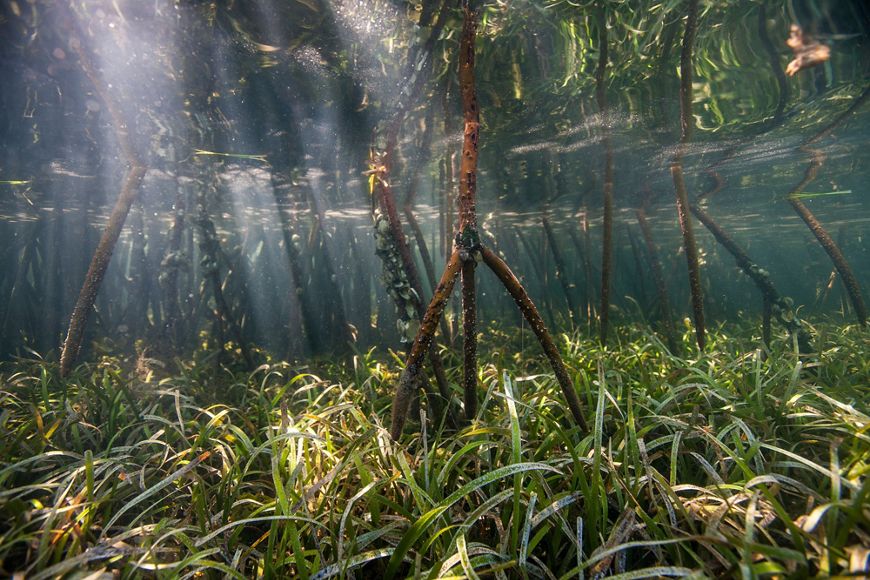
OVERVIEW
Carbon Markets 101
Global Insights
Check out our latest thinking and real-world solutions to some of the most complex challenges facing people and the planet today.
